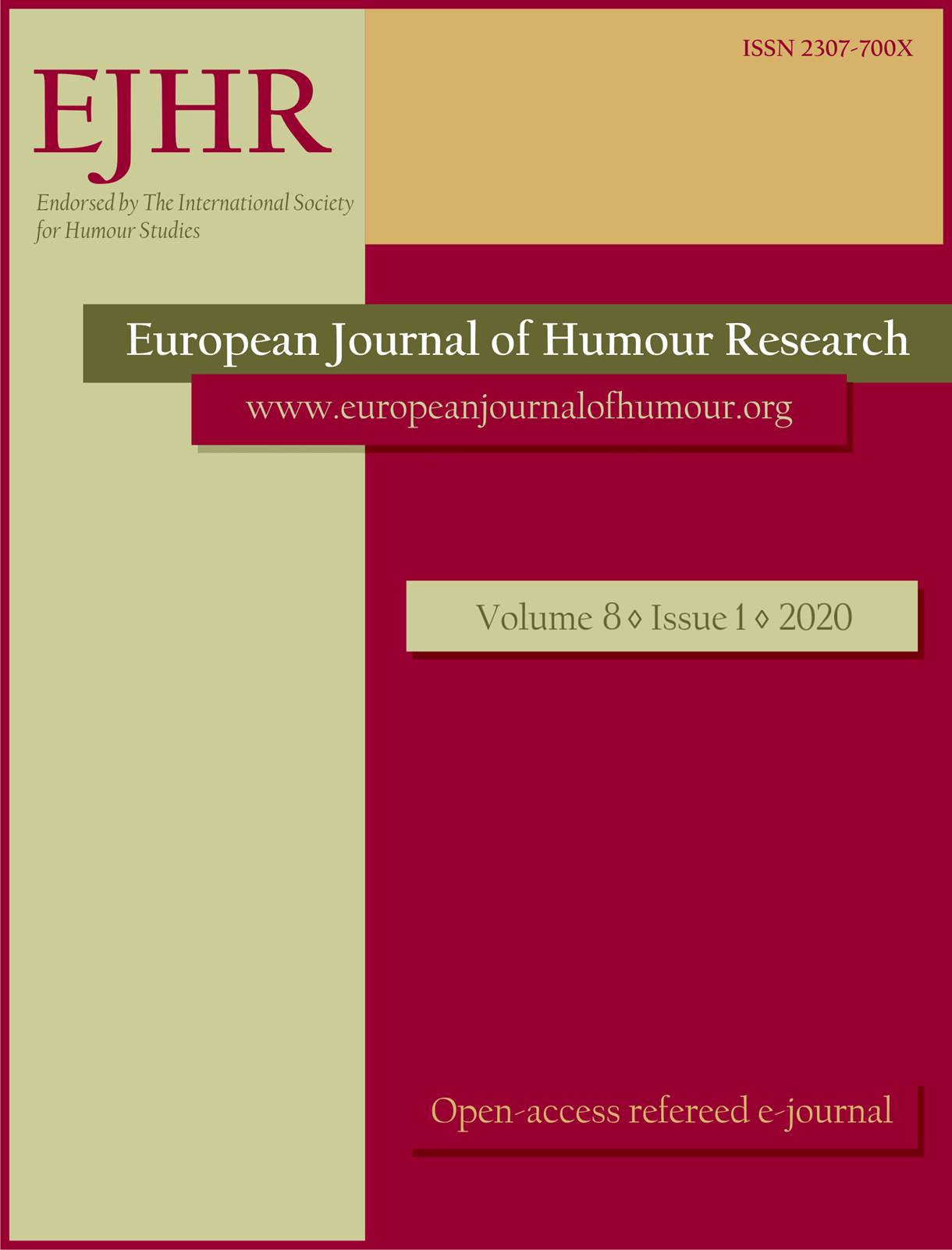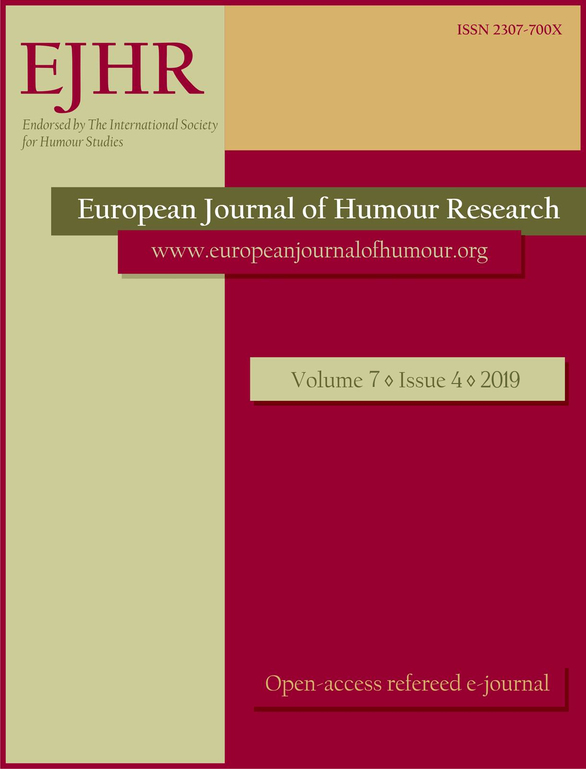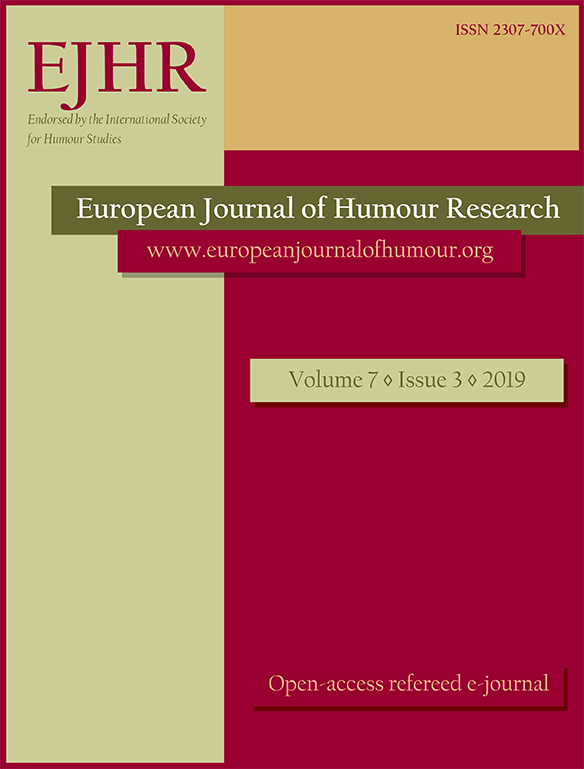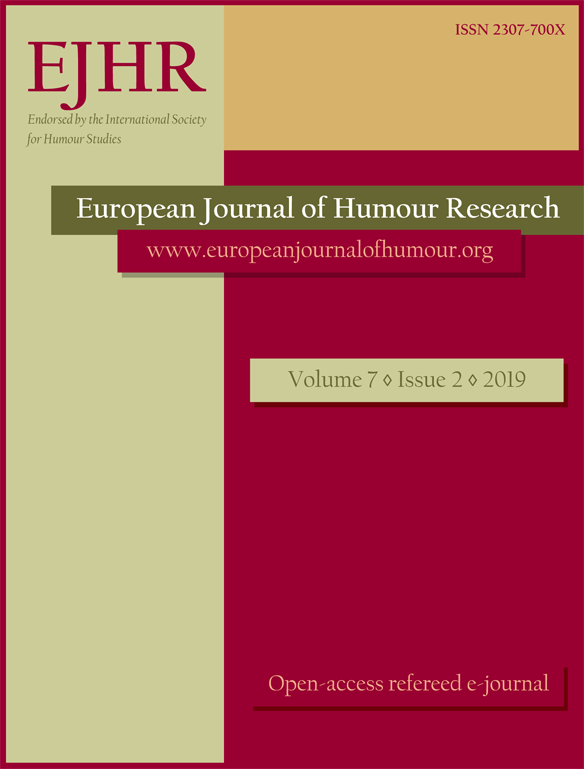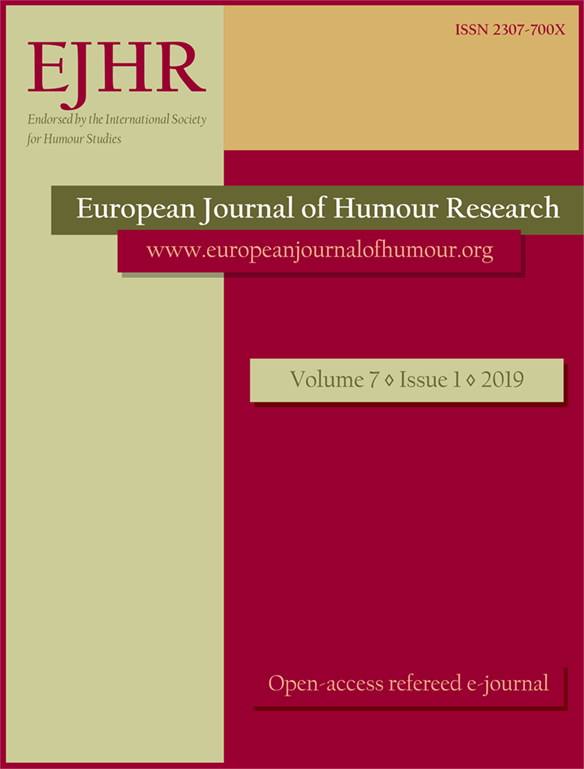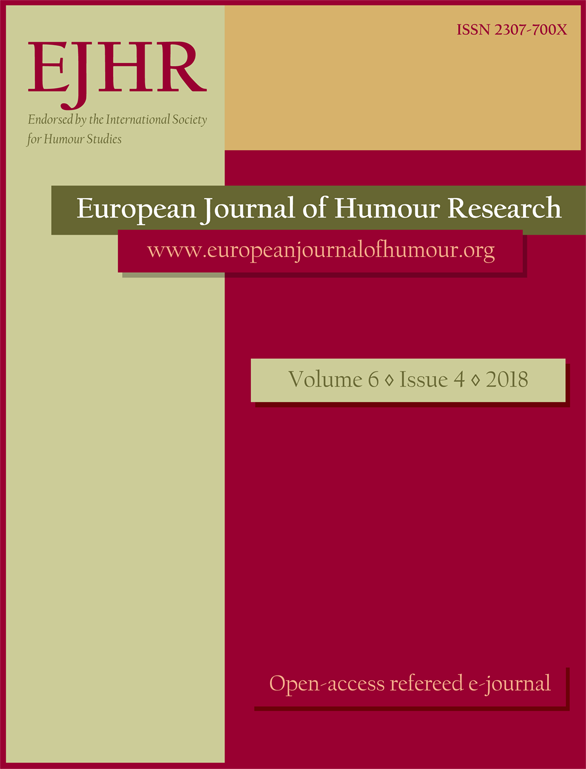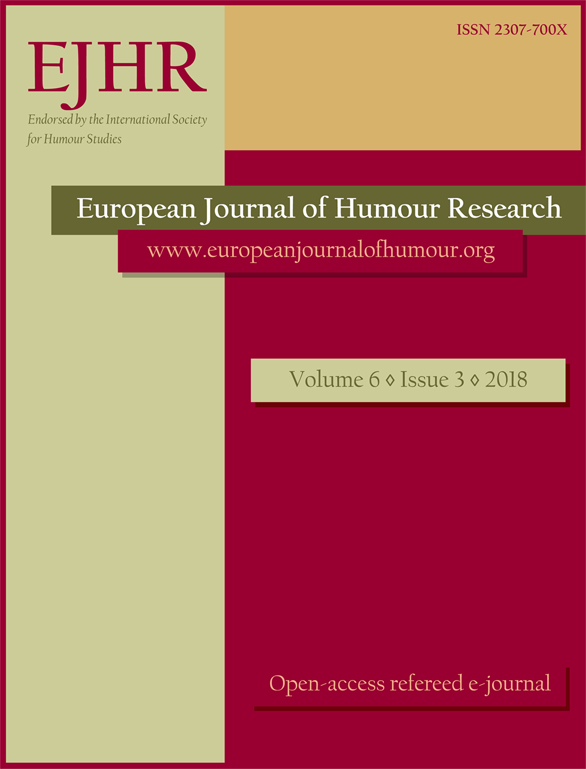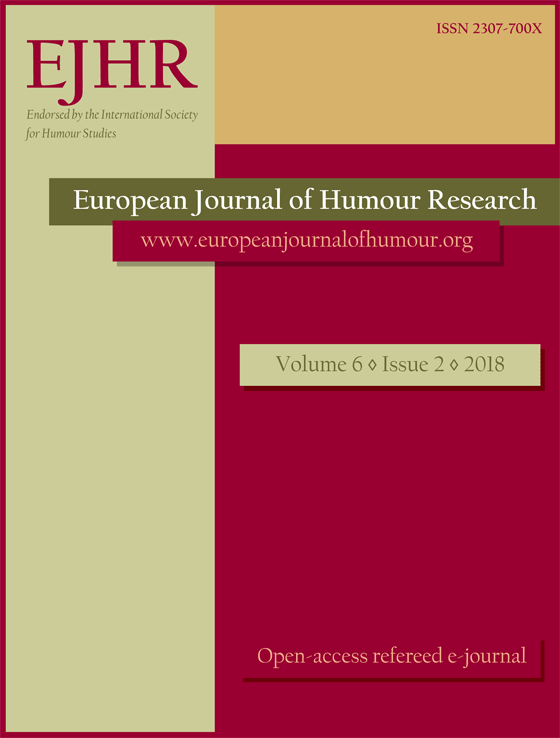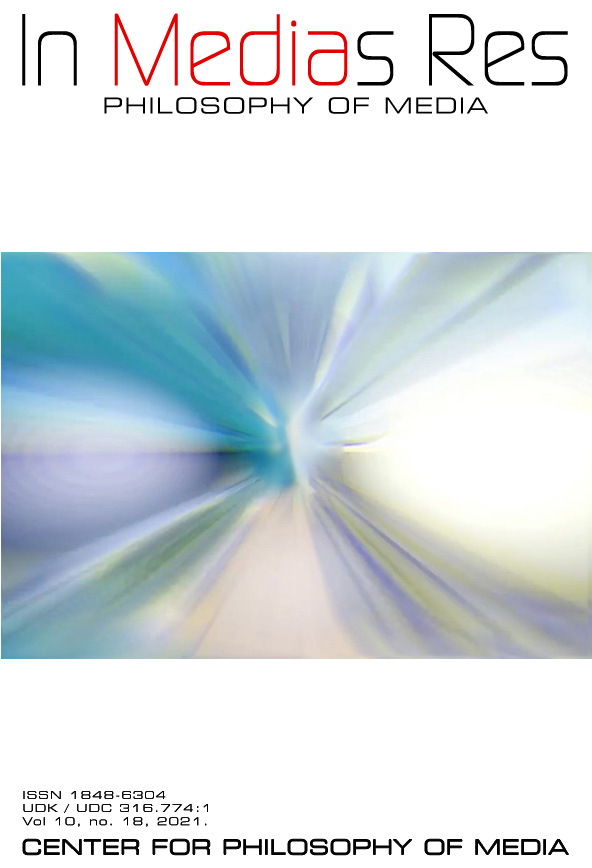Dostępność książek i czasopism
The paper discusses statistical sources on books and magazines released in Poland since 1990. During this period several separate studies have been carried out to collect information about the place of books in Polish homes, reading, book lending, as well as the local publishing market development. Those studies include household budget survey, participation in culture, and also reports obtained from public libraries (and from the National Library). The collected information about books and journals shows the current and past trends in research, as well as changes in the status of books in the last two decades (1990–2009). The article presents also information on expenditures for books and magazines in households, home book collections (in terms of ownership of books printed and e-books), available in public libraries, as well as data from the publishing market.
More...

